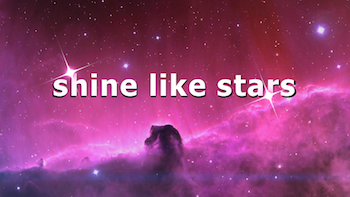

They begin in a cloud of gas and dust called a nebula. All solar systems start out the same way. A solar system consists of a collection of objects orbiting one or more central stars.

Our solar system began to form around 5 billion years ago, roughly 8.7 billion years after the Big Bang. Gravity caused clouds of these early elements to coalesce into stars, and it was inside these stars that heavier elements were formed Those collisions produced hydrogen and helium, the most common elements in the universe, along with a small amount of lithium. Eventually some of the particles collided and stuck together. Figure 3.1.1 The Big Bang and development of the universe (Steven Earle, “Physical Geology”).Īt the start of the Big Bang, the universe was too hot and dense to be anything but a sizzle of particles smaller than atoms, but as it expanded, it also cooled. The kind of Hollywood explosion that might come to mind involves expansion of matter and energy within space, but during the big bang, space itself was created. The Big Bang involved a sudden expansion of matter, energy, and space from a single point. The Big Bang is often described as an explosion, but imagining it as an enormous fireball isn’t accurate. According to the Big Bang theory, the universe blinked violently into existence 13.77 billion years ago (Figure 3.1.1).


 0 kommentar(er)
0 kommentar(er)
